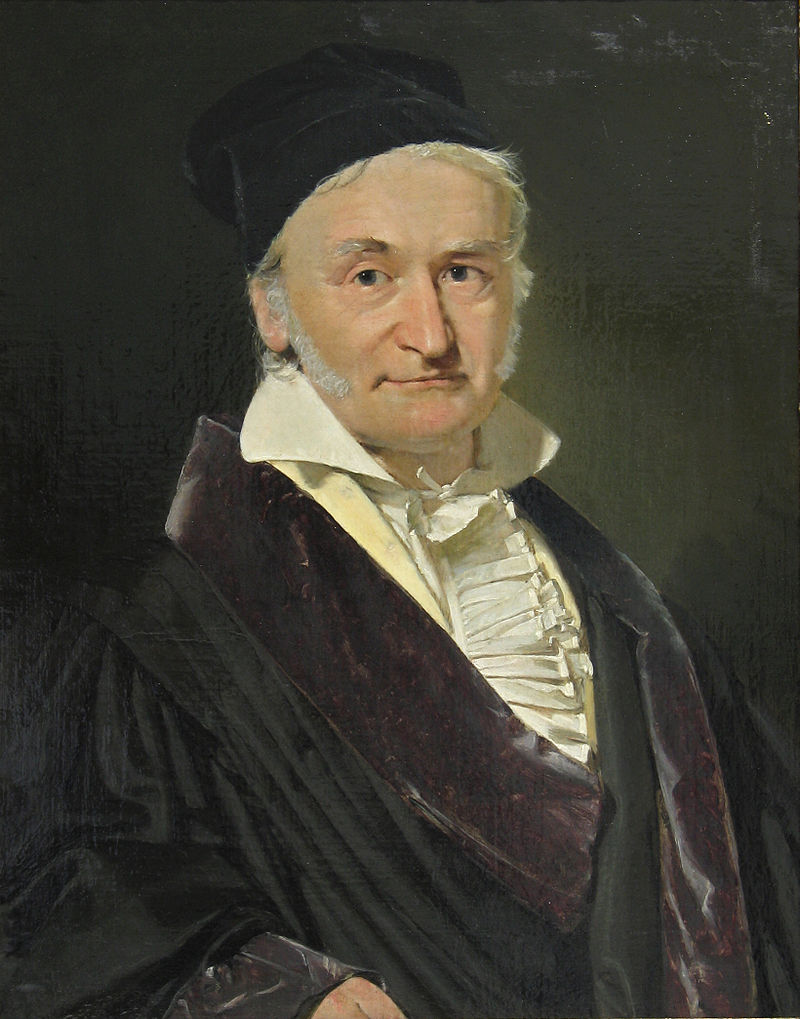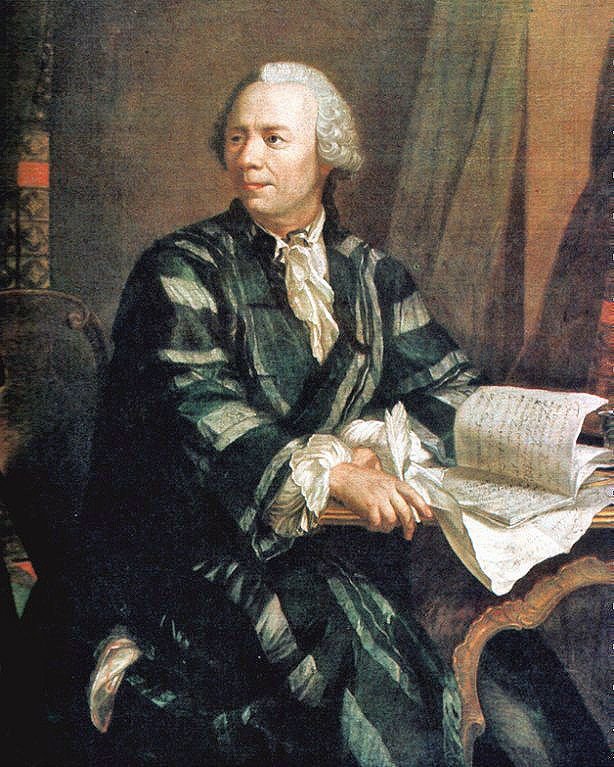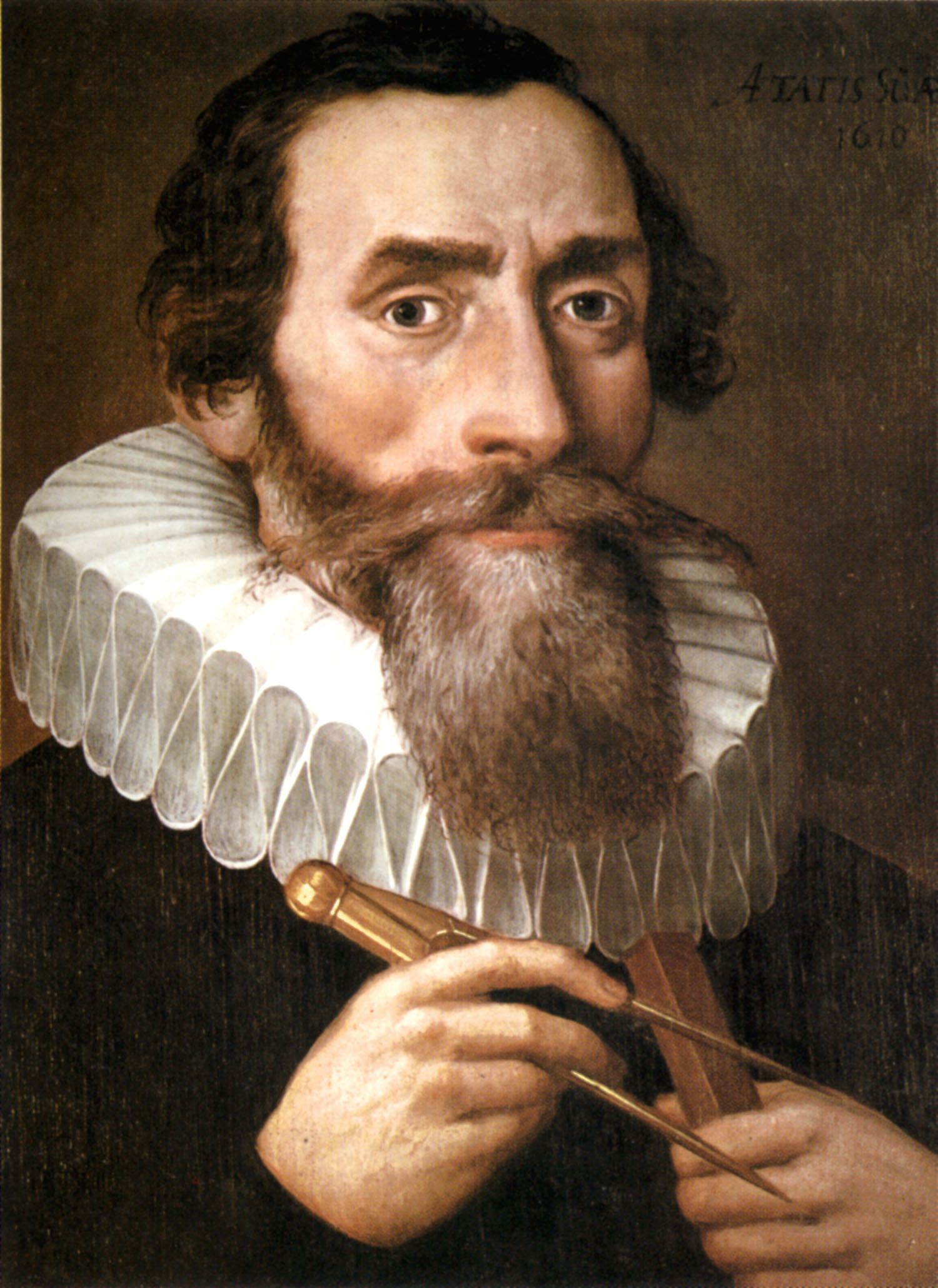Most Important Mathematicians in the History of this Science
Hello friends of steemit, in this present post I want to refer to the most important maths that marked the history of this science, characters who managed to make sense of the unknown, who gave their whole lives to solve scientific problems. Among the most influential people can be found, Carl Friedrich Gauss, Leonhard Euler, and Johannes Kepler, among others who managed to give meaning to all the numerical sciences that exist today.
Then I will talk a little about each of these historical characters.
Carl Friedrich Gauss

Portrait of Carl friedrich Gauss (1777-1855)
Johann Carl Friedrich Gauss, was a German mathematician, astronomer, geodesta and physicist who contributed significantly in many fields including number theory, mathematical analysis, differential geometry, statistics, algebra, geodesy, magnetism and optics, considered "the prince of mathematicians" and "the greatest mathematician of antiquity", Gauss, has had a remarkable influence in many fields of mathematics and science and is considered one of the most influential mathematicians in the field. history.
Contributions to the theory of potential
The Gaussian divergence theorem, which is fundamental for the theory of potential and physics, places in a vector field the integral of the voluen for the divergence of a vector field with the surface integral of the vector field around said volume.
Carl Friedrich Gauss (1777-1855): Mathemátical
Bibliographic references
Hayes, Brian (2006). «Gauss's Day of Reckoning». American Scientist. Consultado el 4 de julio de 2010.
Sartorius von Waltershausen, W. (1966) [1856], Carl Friedrich Gauss: A Memorial, Translated by Helen Worthington Gauss, Colorado Springs, Colorado, consultado el 4 de julio de 2010.
Leonhard Euler

Leonhard Paul Euler (1707-1783)
Leonhard Paul Euler, was a Swiss physicist and mathematician. He lived in Russia and Germany for most of his life, made discoveries in areas as diverse as the calculation or the theory of graphs, also introduced much of modern mathematical terminology, particularly for the area of mathematical analysis as for example the notion of mathematical function.
Euler worked in virtually all areas of mathematics: geometry, calculus, trigonometry, algebra, number theory, in addition to continuous physics, lunar theory and other areas of physics. Additionally, he made relevant contributions to mathematical logic with his set diagram.
Bibliographic references
Lexikon der Naturwissenschaftler, 2000. Heidelberg: Spektrum Akademischer Verlag.
Demidov, S.S., 2005, «Treatise on the differential calculus» en Grattan-Guiness, I., ed., Landmark Writings in Western Mathematics. Elsevier: 191-98.
Dunham, William (1999) Euler: The Master of Us All, Washington: Mathematical Association of America.
Euler, Leonhard (1768) - Mínguez Pérez, Carlos (ed.) (1990) Cartas a una Princesa de Alemania sobre diversos temas de Física y Filosofía, Prensas de la Universidad de Zaragoza.
Johannes Kepler

Johannes kepler (1571-1630)
key figure in the scientific revolution, astronomy and German mathematics; known primarily for its laws about the movement of the planets in their orbit around the sun.
The three laws of Kepler
The planets have elliptical movements around the Sun, this being located in one of the 2 foci that contains the ellipse.
After that important jump, where for the first time the facts were before the desires and prejudices about the nature of the world. Kepler simply devoted himself to observing the data and drawing conclusions without any preconceived ideas. He went to check the speed of the planet through the orbits reaching the second law:
The areas swept by the radii of the planets are proportional to the time taken by them to travel the perimeter of said areas.
For a long time, Kepler could only confirm these two laws on the rest of the planets. Even so it was a spectacular achievement, but it was necessary to relate the trajectories of the planets to each other. After several years, he discovered the third and most important law of the planetary movement:
The square of the periods of the orbit of the planets is proportional to the cube of the average distance to the Sun.
This law, also called harmonic law, together with the other laws, already allowed to unify, predict and understand all the movements of the stars.
Bibliographic references
Max Caspar, Johannes Kepler, tradujo del alemán Dulcinea Otero-Piñeiro y revisado por David Galadí-Enríquez. Madrid : Acento, D.L. 2003. Versión alemana ed. por la Kepler-Gesellschaft, Weil der Stadt. Stuttgart, GNT-Verlag 1995 (Nachdr. d. 3ª ed. v. 1958). Koestler, A., Kepler, Barcelona, Salvat Editores, 1988.
Arthur Koestler: Los sonámbulos, Biblioteca Científica Salvat, Salvat Editores S. A., Barcelona, 1986. Original: Die Schlafwandler, Berna 1959.
Bibliographia Kepleriana. Ein Führer durch das gedruckte Schrifttum von (und über) Johannes Kepler. Im Auftr. der Bayer. Akad. d. Wiss. ed. von Max Caspar, Múnich 1936. 2ª ed. bes. v. Martha List, Múnich 1968.
Gauss is one of my favourites. Very famous for the Gaussian / Normal Distribution.
If friend, thank you for your comment, thanks for the support, if you can reesteem me to my latest publication on the quadratic function, thanks greetings, count on my support.
I would add to this list, Bernhard Riemann, his research in Differential Geometry were used by Einstein to build his Relativity Theory and change the history. Nevertheless, his teacher was Gauss.